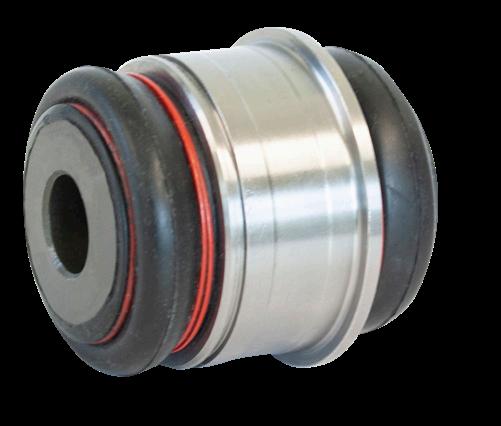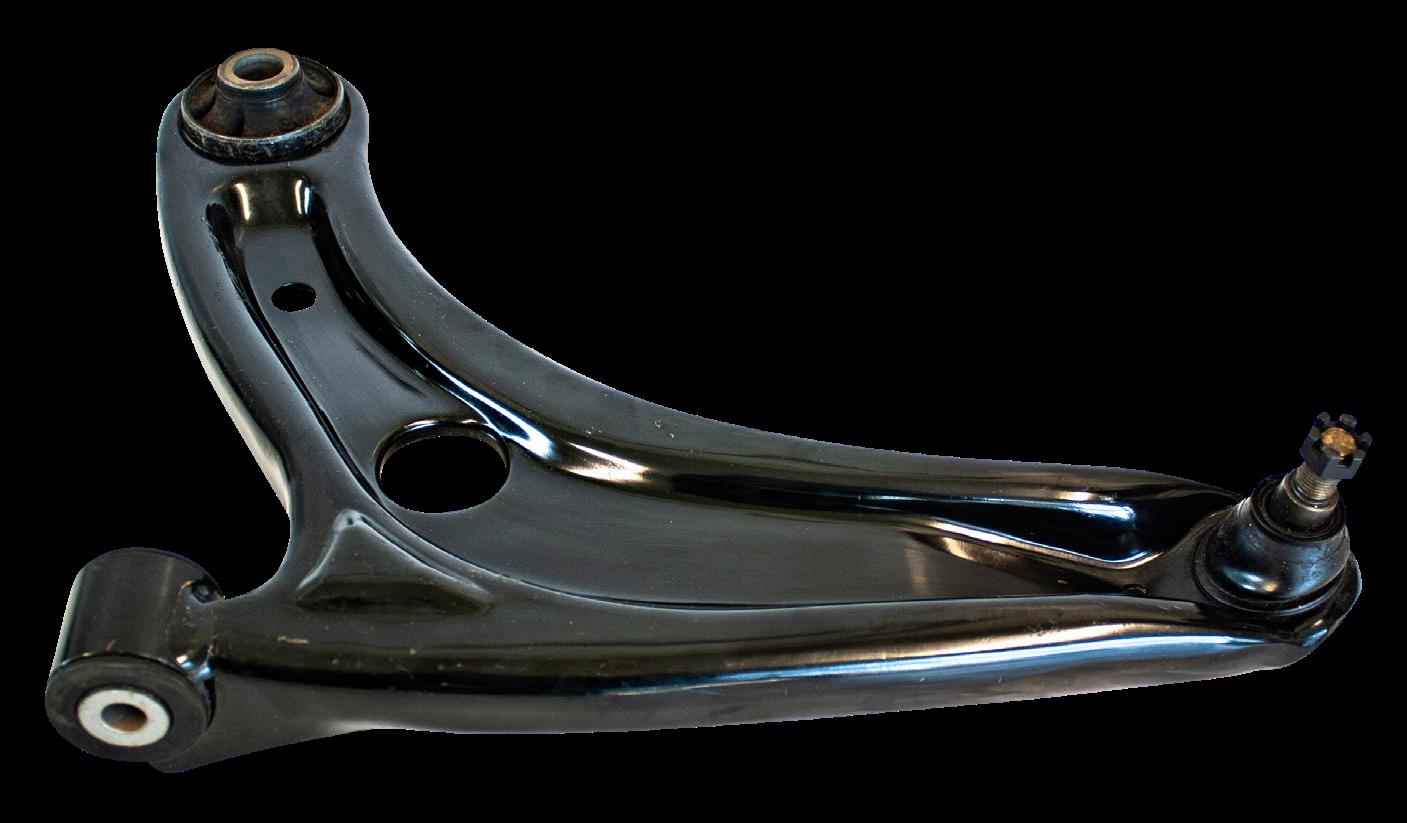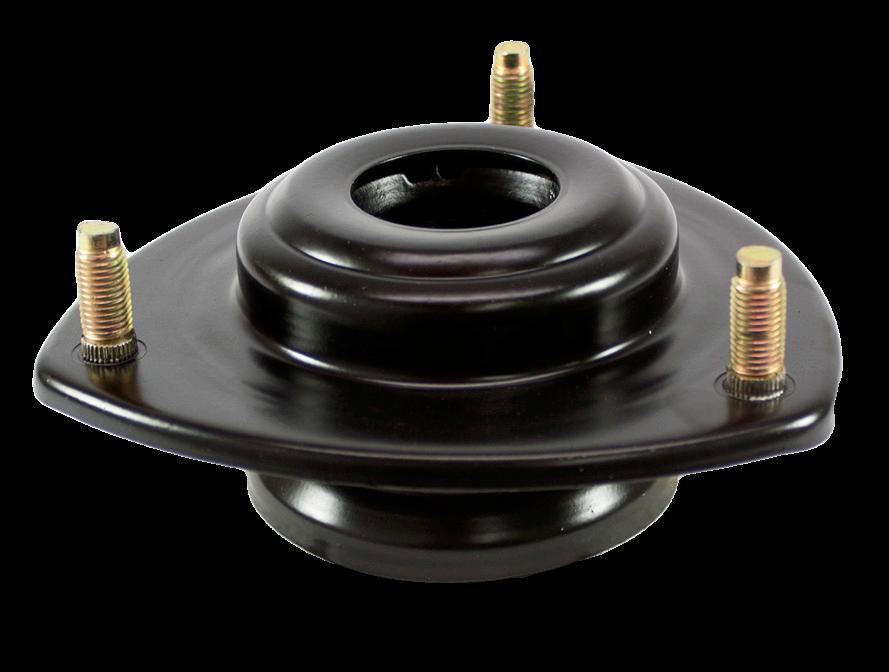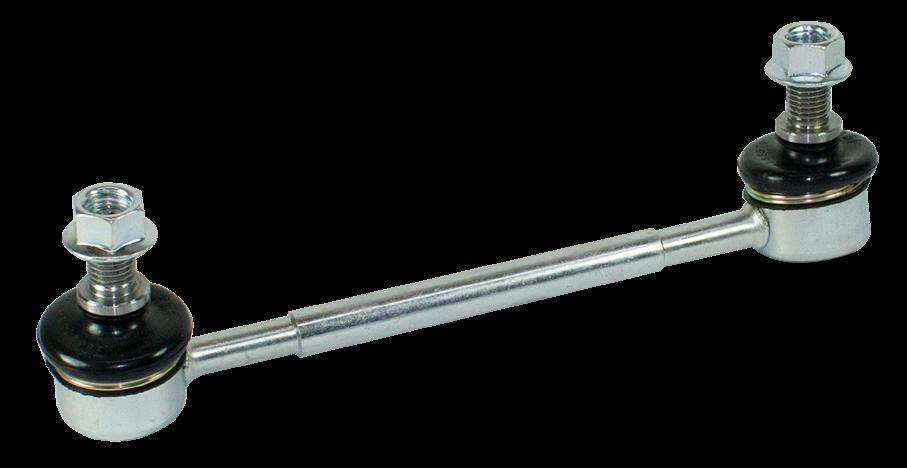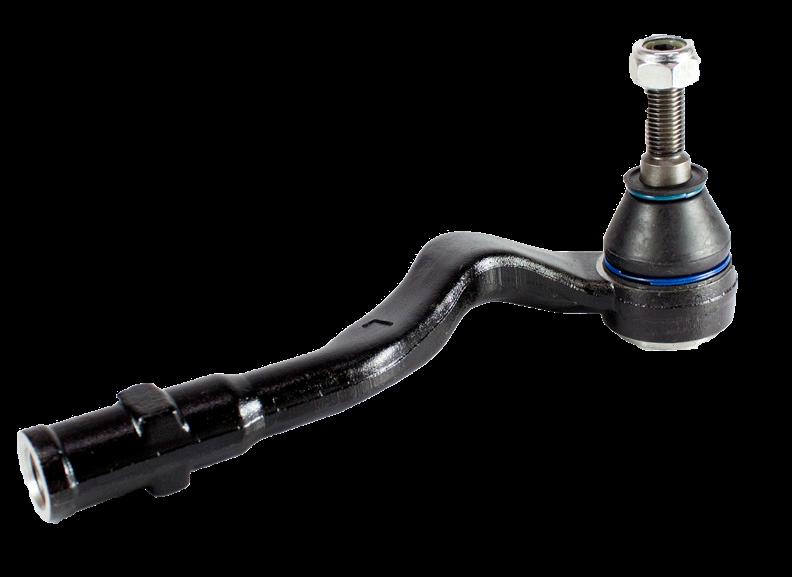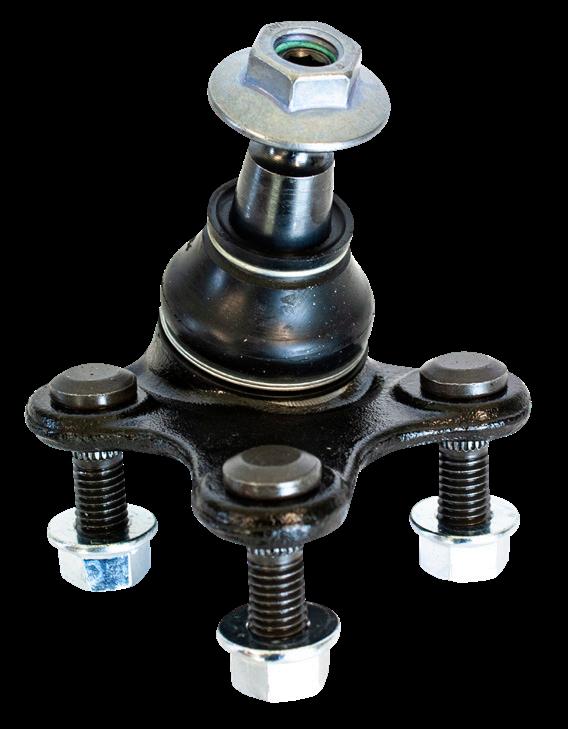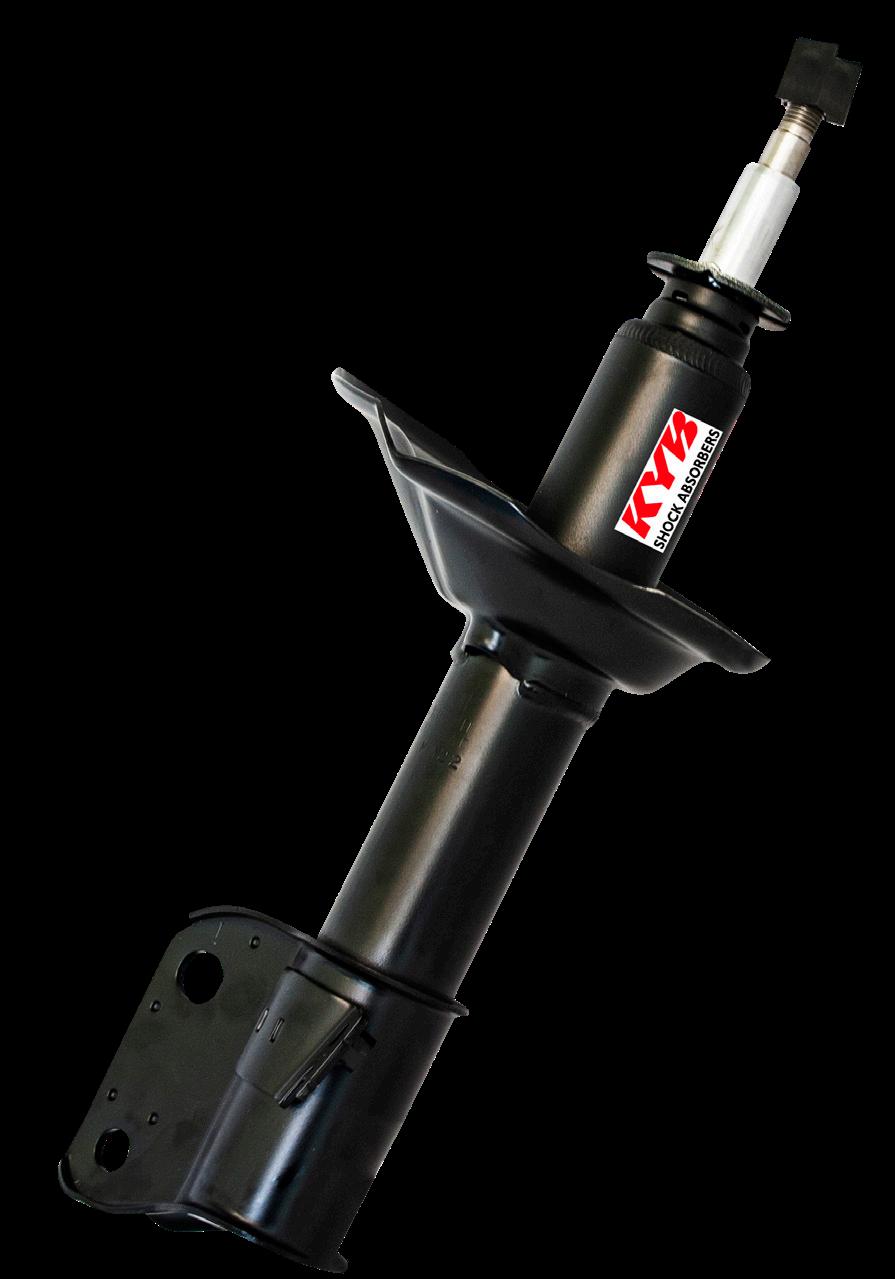
3 minute read
Telematics: Buzzword or game changer?
A LOT HAS BEEN SAID ABOUT TELEMATICS, BUT HOW EXACTLY IS THE TECHNOLOGY LIKELY TO AFFECT THE AFTERMARKET CAR REPAIR INDUSTRY?
Telematics has been a topic of discussion lately, and while some may see it as just another buzzword, it has actually been around since the late 90s when GM used it on some Cadillac models for remote guidance, diagnostics, and communication between vehicle systems. Telematics has since evolved into a critical component of modern vehicles, but its benefits to the average car owner may negatively impact the independent vehicle repair industry if not leveraged correctly.
Advertisement
Basically, telematics refers to the ability of modern vehicles to relay a wide range of operating parameters, including diagnostic information, to a remote location via the internet, using ethernet communications protocols. Almost all vehicle insurance companies and vehicle fleet managers use telematics to compile data on driver behaviours and vehicle use without drivers being aware of the monitoring. According to a recent report on trends and developments in the telematics industry, the number of actively used fleet management systems in Australia and New Zealand was expected to grow from about 1.3 million units at the end of 2021 to more than 2.3 million by 2026 (at a CAGR of 12.5 per cent).
However, most vehicle manufacturers have designed their telematics systems in a way that channels all diagnostic and servicing information to authorised dealerships, effectively depriving the independent repair trade of potential repair jobs.
Aftermarket telematics devices can now be retrofitted onto vehicles, creating two categories of connected vehicles: those with embedded telematics systems from the factory, and those with aftermarket devices. However, this poses a problem for vehicle owners and independent workshops because the quality of aftermarket telematics systems varies, and none offer free communications between vehicles and workshops.
Typically, when a fault occurs, an embedded telematics system collects data and sends it to the relevant dealership where a technician can access it using a scan tool. This allows them to diagnose faults and potentially make repairs or adjustments remotely, with the fault report being sent to both the dealership and the vehicle owner’s email address for future reference.
In the case of a retrofitted telematics system, the process is similar, but the communications between the vehicle and an independent workshop may be through email or a dedicated smartphone app, which raises issues such as a lack of sufficient diagnostic data. Currently, there are some moves to ensure the Right to Repair legislation in Australia for passenger motor vehicles, meaning that vehicle manufacturers might be obliged to make diagnostic and repair information available to the independent repair trade. While some manufacturers in other jurisdictions have made some information available, it typically amounts to less than one per cent of the data available to authorised dealerships and is often available at a cost. As a result, independent workshops are at a disadvantage, compounded by the fact that telematics systems are costly.
Telematics systems in new vehicles usually come with the purchase price, but aftermarket systems require customers to pay for installation and data transmission. For independent workshops, this means incurring the cost of establishing and maintaining a communications network with customers who have aftermarket telematics systems, which could be economically challenging. Additionally, since only a small number of vehicles are expected to have embedded telematics systems, and aftermarket systems cannot deliver as much information as embedded systems, independent workshops may face difficulties.
The question is whether independent workshops can survive the large-scale adoption of telematics. The image of an empty workshop represents the risk for independent workshops that do not acknowledge and implement measures to counter the negative effects of telematics on the vehicle repair trade.
To minimise the risks, workshop owners/ managers can acknowledge the challenge and launch a marketing campaign focused on creating awareness and highlighting their ability to deliver benefits at a lower cost than dealerships. They can use their online presence to explain to customers what telematics is and how it benefits them. They can also offer interpretation services for fault and diagnostic data from telematics systems, in addition to letting customers know that telematics systems cannot fix their vehicles but only detect issues. Finally, they can invest in training and equipping technicians with the necessary tools and knowledge to overcome the challenge posed by telematics systems.
Moreover, it is time to invest in the right diagnostic equipment with the right patch-renewal services and customer service as well as training your staff on how to use them properly.
According to many experts, telematics is not just a fad. It is here for good and likely to impact and affect the bottom line of independent repair workshops in the region.
Automotive workshops
Parts importers and distributors
Transmission specialists
Automotive recyclers
Towing operators
Panel beaters and painters
Crash repairers
Tyre dealers
Suspension and underbody repairers
Steering specialists
Towing operators
Auto-electrical repairers
New- and used-car dealers
Air conditioning repairers
Heavy machinery dealers
Trucking and transport
Editorial: editor@autochannel.co.nz
Advertising: Mike White michael.white@viamedia.co.nz
All other enquiries to: autochannel.co.nz
Auto Channel is produced by Via Media, publishers of two of NZ’s biggest-selling automotive magazines: NZ Performance Car and NZV8.


